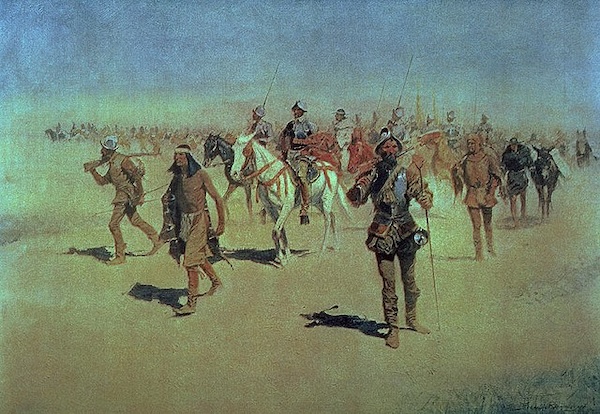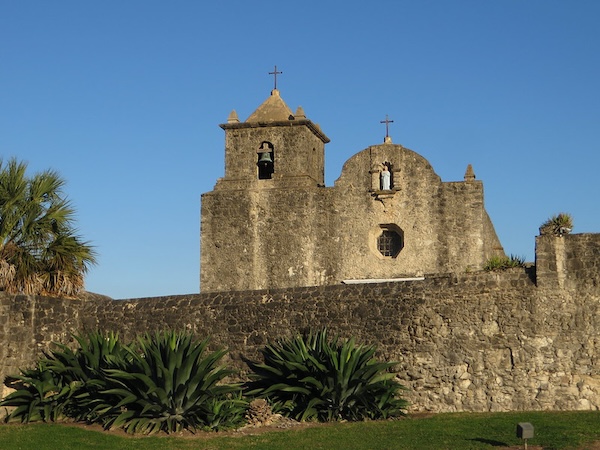After Spain’s conquests in Central and South America, explorers turned their attention north. They hoped to find more wealthy empires like the Aztecs in Mexico or the Incas in Peru. But when they reached the region now known as the American Southwest, they found something very different.
This area, which includes present-day New Mexico, Texas, Arizona, and California, was home to many smaller Indigenous communities. Groups such as the Pueblo, Apache, and Caddo had strong cultures and traditions, but they did not have large cities or gold and silver mines. As a result, the Spanish did not gain instant riches as they had in the South and Central America. Colonization in the Southwest moved more slowly and brought fewer rewards.
Still, Spain did not give up. In 1539, a friar named Marcos de Niza traveled north to search for wealthy cities, but he found only small villages. One year later, Francisco Vázquez de Coronado led a major expedition through parts of what are now Arizona, New Mexico, Texas, Oklahoma, and Kansas. His journey brought back valuable knowledge about the land, but no treasures. Other explorers, such as Álvar Núñez Cabeza de Vaca and Juan de Oñate, helped expand Spain’s claims, though they also faced hardship and conflict.

Even without great wealth, Spain wanted to hold onto the region. The government and Catholic Church worked together to build missions, presidios (military forts), and settlements. These efforts depended heavily on Indigenous labor, often forced, to support construction, farming, and daily operations. Missions were religious communities where priests converted Indigenous people to Christianity and taught them new ways of life. In many cases, Indigenous people were pressured to give up their traditions.
Presidios protected the missions and nearby towns. Over time, this system shaped the Southwest. Spanish settlers introduced livestock like cattle and sheep, new crops, and building styles made from adobe. Indigenous people shared local foods and survival skills.

However, not all Indigenous groups accepted Spanish control. In 1680, the Pueblo people led a major revolt in New Mexico. They pushed the Spanish out for over ten years. When Spain returned, it allowed more cultural freedom, but conflict and resentment continued.
Unlike earlier Spanish efforts focused on quick wealth, colonization in the Southwest depended on long-term settlement. Towns like Santa Fe and San Antonio grew slowly but became important centers of trade, government, and religion. Still, many Indigenous people were expected to live under Spanish rules and give up their own customs.
Today, the Southwest still reflects the lasting impact of Spanish colonization. Languages, traditions, and architecture in places like New Mexico and Texas show a mix of Spanish and Indigenous influences. This cultural blend continues to shape the region’s identity and daily life.
